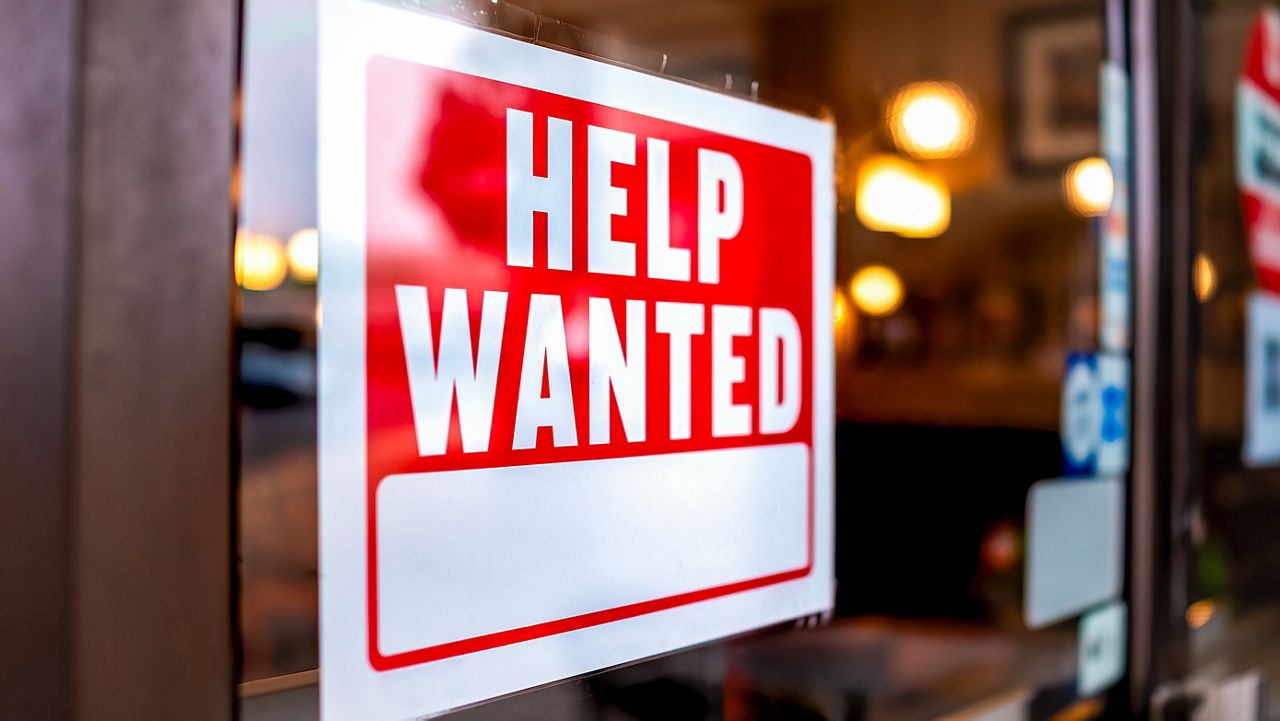Already, the signs are everywhere: help wanted. But if you thought that situation was going to change anytime soon, think again.
“If you’re a business in California, there’s good and bad news for the next couple years,” economist Christopher Thornberg said during a recent Financial Partners Credit Union forum on the future workplace. “You’re going to have more demand than you know what to do with, but you’re not going to be able to hire anybody. Get used to it. It’s not going away. It’s not temporary.”
Thornberg is founding partner of the LA-based research and consulting firm, Beacon Economics, and is nationally known for forecasting the subprime mortgage market crash that began in 2007 and led to the Great Recession.
The economic downturn resulting from the pandemic, he said, is fundamentally different. While every U.S. recession for the past 70 years has been driven by a lack of demand, the current economic recovery is hampered by a lack of supply — not only for goods like cars and dishwashers but workers.
While California has the second-highest unemployment rate in the country, there are more job openings now than there were before COVID, Thornberg said.
Part of the reason is early retirement. At least 1.7 million more workers age 55 and up retired because of the pandemic recession than would have without COVID, according to the New School’s Schwartz Center for Economic Policy.
U.S. population growth is also declining, driven in part by falling immigration. The 2020 census found the number of people in the U.S. grew by 7.4% between 2010 and 2020 — the second slowest rate since the country first started measuring population in 1790.
That trend is especially acute in California, which saw its population decline for the first time in more than a century last year. According to the state’s Department of Finance, there were 182,083 fewer people in California in 2020 compared with the year prior.
Economic recoveries in the United States have always been K-shaped, Thornberg said, with some people continuing to struggle and others succeeding, but “that’s not what this is. We don’t have enough housing.”
And the housing that does exist in California is expensive. The median price of a home in July was $811,170, according to the California Association of Realtors. A year earlier, the median price was $666,320.
That’s pushing some workers to leave the state and forcing businesses to fight for workers by offering higher wages and other perks.
“The kinds of things you’re going to have to do to get the best and brightest are things you didn’t have to do years ago: offer educational opportunities, the ability to work from home, a higher paycheck,” Thornberg said. “You’ve got to make your workers happy because they will leave if they are not.”
With surveys showing that one-third of workers want to continue working from home all the time once the pandemic subsides and another third saying they’d like to work from home no more than one day a week, “there’s a strong bifurcation” that will force businesses to create a bimodal workplace.
None of this is new, he added. “These are all underlying trends that were already there. The pandemic hastened these underlying trends. They didn’t create them.”
Despite the challenges, Thornberg doesn’t see an exodus of businesses leaving California.
“Business will be in California because people want to be in California," he said.
There just needs to be more housing to create a place that’s open to everyone.



